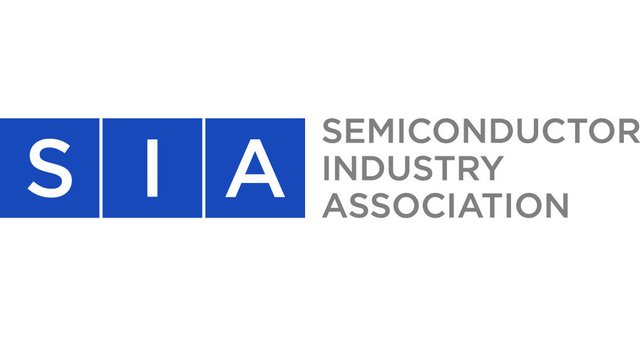SIA the American semiconductor industry group submitted on behalf of the Office of the United States Trade Representative (USTR) in December. 1. The comment urged the elimination of harmful tariffs on semiconductors which are causing persistent shortages of chips and causing a slowdown in economic growth in the U.S. Economy.
As pointed out by the SIA in its report, the 301 tariffs on semiconductors and related products have caused a severe shortage of chips around the world, and have caused prices to increase and creating adverse effects for US consumers as well as the companies who manufacture and purchase electric appliances, automobiles medical devices, and other US industrial and technological products.
Semiconductors constitute the backbone of our modern society and drive all digital devices from phones and cars to computers and medical equipment. American chipmakers make up more than half of their market share across the world. In 2020, US semiconductor exports surpassed the US $49 billion mark, making the chip industry among the five top US sectors that export. Additionally that, the US semiconductor industry also has a surplus of exports to China. Most of the manufacturing factories that are part of US manufacturers of semiconductors are across 18 states. It is believed by the US semiconductor industry employs 277000 American employees in highly-paying positions and has created an additional 1.6 million positions in America. US economy.
SIA said that the rise of the coronavirus epidemic and the increase in shortages of core components that are spreading across the world have caused massive problems to the entire semiconductor industry and numerous challenges to the world's semiconductor industry. Section 301 is a factor in disruptions to the world semiconductor supply chain and also the rise in prices. SIA stated that the introduction of the US of the Section 301 tax has raised the price for electronic parts within the United States by 25% and caused an imbalance between supply and demand, and has caused the costs for semiconductors to rise and has created an imbalance between the producers of semiconductors and the consumers in the United States, factories have been shut down and companies are under the threat of losing jobs or cuts.
In addition, SIA mentioned that semiconductor devices constitute the core of many medical devices that are the main tool to fight COVID-19. The elimination of Section 301 taxation will ensure that medical devices are available that can aid in fighting against COVID-19.
About Section 301
As part of the Biden Administration's thorough review of U.S. policy towards China as laid out in Section 301, the United States currently has penalties that range from 25 percent on more than 300 billion USD worth of imported goods from China as well as those tariffs. Section 301 tariffs are in addition to the normal duty on imports. USTR implemented these tariffs following studying China's intellectual property laws, as well as technology transfer policies and practices and publishing a report at the beginning of the year. USTR introduced the Section 301 tariffs in four tranches which started in July of 2018. They will remain in force until today.
